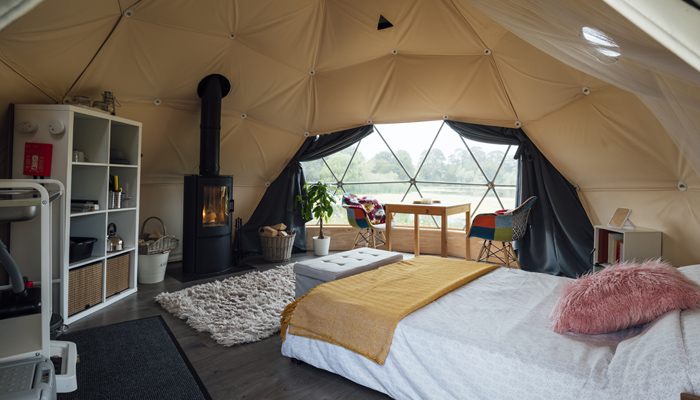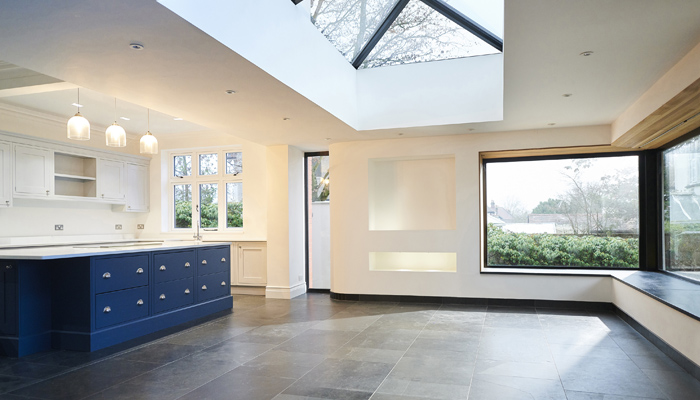Paying Tax on Holiday Lettings
Is your holiday home eligible for tax breaks?
Do you have a holiday home that you rent out? Then you could be eligible for some significant tax benefits.
You're eligible for tax benefits as a Furnished Holiday Let (FHL) if your holiday homeis:
- In the European Economic Area (EEA)
- Furnished for normal occupation
- Available to the public for short term lets (under 30 days) for 210 days a year
- Let out for at least 105 of those 210 days
What are the tax benefits of a Furnished Holiday Let?
As HMRC considers Furnished Holiday Lets businesses rather than second homes or investment properties, you get business tax benefits which include:
- Initial expenditure - Initial expenditure on your holiday let can be claimed as a pre-trading expense.
- Mortgage interest relief - While many buy-to-let investors are being hit by the restrictions on mortgage tax interest relief (otherwise known as Section 24), mortgage interest costs for your holiday let can be offset against any rental income.
- Allowable expenses - As a business, you can offset costs like utility bills, repair bills, laundry and cleaning fees too.
- Capital allowances - You can get capital allowances for items such as furniture, fixtures and fittings, claiming back up to 50%, and even up to 100% on environmentally friendly purchases.
- Business rates - Instead of Council Tax you’ll be paying small business rates – and depending on the profit your property makes you could be eligible for small business rate relief up to 100%.
- National insurance and pension contributions - Profits from FHLs are not subject to National Insurance contributions and you can make pension contributions based on the level of profits as the net income is treated as relevant earnings for income tax purposes.
- Capital gains tax - When you come to sell, you could be eligible for Entrepreneur relief, Roll-over relief, or Hold-over relief from Capital gains tax. Entrepreneur relief can reduce the rate of capital gains tax on the sale or gift of a furnished holiday let to 10%.
- VAT - If your total rental income for the year does not exceed the VAT registration threshold of £85,000 you won’t have to pay VAT.
What are the downsides to running a holiday let?
Running a holiday let is hard work. It encompasses marketing, managing bookings, change-overs and regular wear and tear.
You can’t count the time you or friends and family stay in the property on ‘mates rates’ as this isn’t commercial income, and you’ll have to keep meticulous records for HMRC to show your holiday let meets this and all the other FHL criteria.
You’ll also have to get to grips with and follow all the micro-rules. These include averaging your occupancy for a certain number of holiday-lets and even applying for periods of grace when you’ve clearly tried to let the property but bookings have fallen through. For more information on rules around running a holiday lettings business, visit the HMRC website.
FAQs about holiday let tax rules
Do I have to pay stamp duty on my holiday home?
If you already own another property, the 3% stamp duty surcharge will apply on buying a second property, whether a holiday home, holiday let or a buy to let.
When does the tax year for my holiday home start?
Your holiday home has to be available for 210 days of the year – which usually refers to the tax year April to April. However, when you start out it counts as the first 12 months from your first let, and when you choose to stop, it’s the 12 months up to the last day you let your property out.
Do I pay council tax on my holiday home?
If your holiday home meets FHL criteria you’ll be required to pay business rates to your local council rather than council tax. Usually as a small business owner of this type of business you’ll pay less than you would have done in Council Tax for your property.
Does my holiday let need to be VAT registered?
Most holiday properties don’t need to be VAT registered – but this does depend on whether your total rental income exceeds the VAT threshold of £85,000.
What if I let my holiday home to someone for longer periods?
If your property is occupied by the same tenants for more than 31 days, there can’t be any more than 155 days of these longer lettings. Otherwise your holiday let will be classified as a buy-to-let with ordinary tenants rather than guests, and your property won't qualify for the FHL tax benefits.
What is Entrepreneurs’ Relief and why is it a good thing?
Entrepreneurs’ Relief can reduce the rate of the capital gains tax you would normally have to pay on the sale or fit of a property. Ordinarily, non-qualifying properties pay capital gains tax at 28%. With Entrepreneurs’ Relief you can reduce the rate of capital gains tax to 10%.
What if my holiday home isn't let out for the amount of time set out by HMRC?
If you’ve genuinely tried to follow the FHL rules, HMRC can help in several ways. Under their ‘averaging election’ if you let more than one property as an FHL, and one or more does not meet the letting condition of 105 days, you can apply the letting condition to the average rate of occupancy for all your holiday homes.
There is also a ‘period of grace’ election, which allows your property to qualify as an FHL as long as you can prove the property was available, that you’ve marketed it to the same level as other successful letting years, or where lettings are cancelled due to unforeseen circumstances – like a storm.
You can also combine the averaging election and period of grace election.
What happens if my tax situation is more complicated?
If you don’t understand the HMRC rules, or your tax situation is more complicated, it’s worth getting in touch with HMRC directly, or working with a tax expert. They’ll help to understand your situation and make sure you’re sticking to the rules – and getting the breaks you’re entitled to.
The information contained in this article is correct at the time of writing and has been used to illustrate the potential tax benefits available to individuals planning to let a fully furnished holiday home. Towergate are not tax experts and are not responsible for any Error or Omission relating to this article and it is strongly recommended that you seek independent tax advice from a tax specialist.
Date: October 07, 2019
Category: Commercial Property








